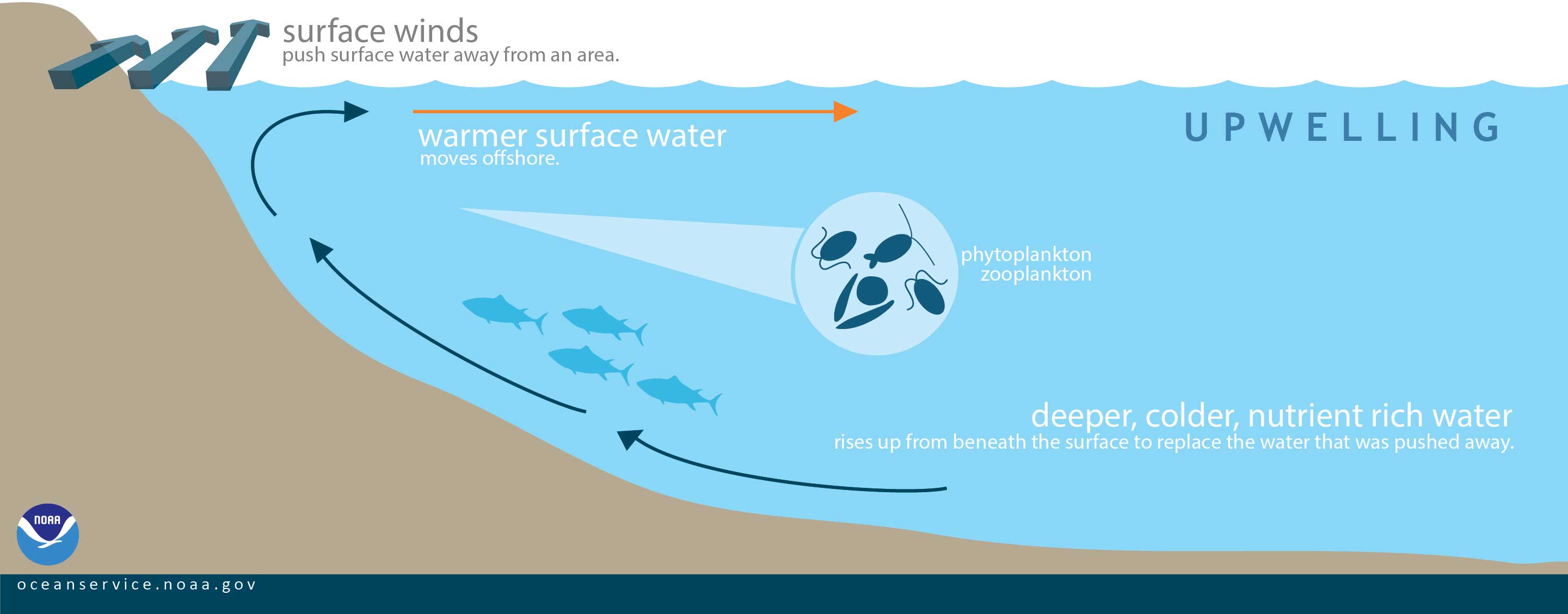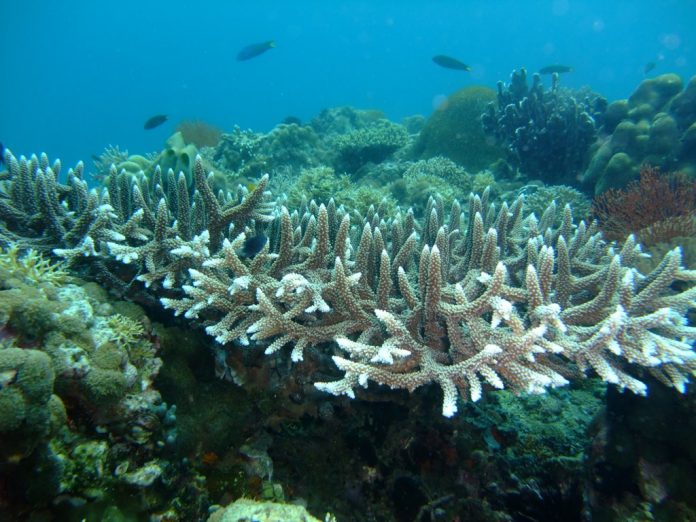A new study shows that artificial upwelling could provide the answer to preventing coral bleaching caused by global warming and rising sea temperatures
The risk of severe coral bleaching, a condition whereby corals lose their symbiotic algae and essentially die, is five times more frequent today than it was forty years ago.
Coral bleaching is a direct result of global warming, where rising temperatures cause marine heatwaves, which place stress on the living coral animals, as well as the photosynthetic algae on which they depend for energy.
Heat stresses causes the algae to malfunction, at which point they are expelled by the corals, causing the organisms to lose their colour and appear white (thus the term coral “bleaching”).
Coral reefs are extremely sensitive ecosystems and a small change in external conditions can have disastrous consequences. They are home to more than 25% of marine life yet occupy only 1% of the ocean floor.
Cooling corals
Due to the increasing pressure of global warming on highly valuable coral reef ecosystems, scientists are now seeking novel ways to decrease heat stress on corals. A new study is showing potential for the use of artificial upwelling, essentially the application of cooler, deep water, as a way to mitigate the heat stress on corals.
Upwelling is a natural oceanographic process whereby winds push surface water away from the shore and deeper, cooler water rises to fill the gap. These waters are typically rich in nutrients and form the basis of productive marine ecosystems which, in turn, support many of the world’s most important commercial fisheries.

Artificial upwelling is a geoengineering method that aims to recreate this process. It involves pumps that bring deep-ocean water to the surface.
Originally designed to fertilize surface waters to increase fish stocks or CO2 sequestration, artificial upwelling may also be used to cool surface waters during heat waves, if the depth and intensity of the upwelling is chosen wisely.
Ocean warming will increase in frequency and intensity
Yvonne Sawall, assistant scientist at the Bermuda Institute of Ocean Sciences (BIOS), said: “Ocean warming and the occurrence of heatwaves will increase in frequency and intensity over the coming decades and we need to consider rather unconventional solutions to protect and sustain coral reefs.”
The researchers studied three shallow-water reef-building coral species in Bermuda: Montastrea cavernosa (great star coral), Porites astreoides (mustard hill coral), and Pseododiploria strigosa (symmetrical brain coral).
After collecting fragments from living corals on Sea Venture Shoals, Bermuda, at a depth of 5 metres, the research team tested the effects of deep cold-water pulses during thermal stress in a lab.
Fragments were treated with various temperatures conditions, including an average summer temperature (28°C); a heat stress treatment known to cause bleaching (31°C); a heat stress treatment with daily pulses of cooler deep water from a depth of 164 feet (50 m, 24°C); and a heat stress treatment with daily pulses of cooler deep water from a depth of 300 feet (100 m, 20°C).
The deep water used for the experiment was collected aboard the BIOS-operated research vessel, Atlantic Explorer, approximately 3 km off the Bermuda Platform.
The results revealed that even short intrusions of cooler deep water (less than two hours per day) can mitigate thermal stress in corals. This was evident in higher levels of symbiotic algae in corals exposed to heat stress and artificial upwelling compared to corals that were exposed to heat stress only, and this effect seemed stronger in the simulations with water from deeper depths.
“Our study shows the potential benefits of pulsed artificial upwelling during heat waves. The next steps now are to find suitable artificial upwelling settings to maximise the benefits, while minimising potential harmful side effects of artificial upwelling for corals and the ecosystem they support,” Sawall concluded.











